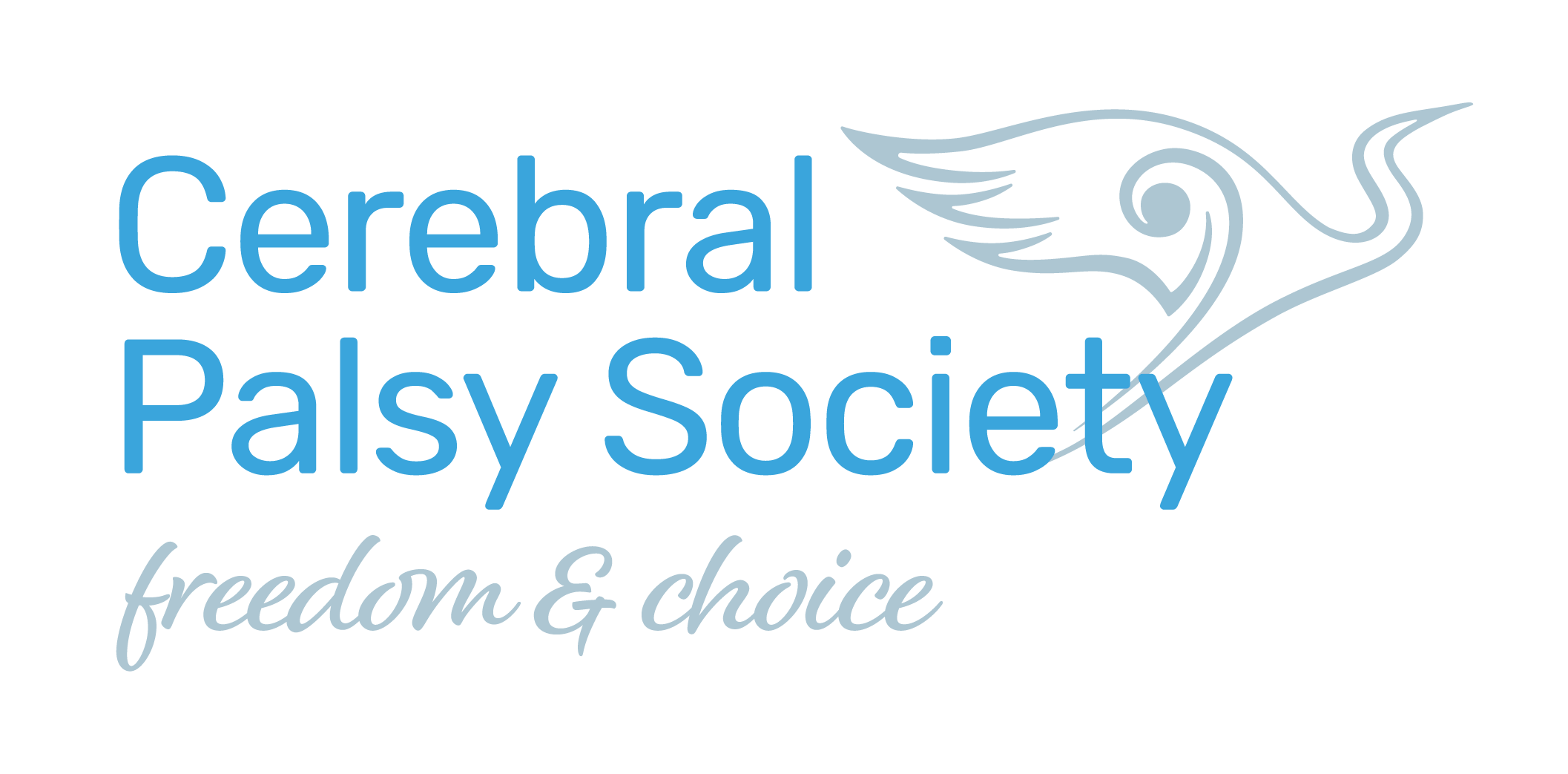Research
Pain and Cerebral Palsy
23 Feb 2018
Cerebral Palsy has been included in a number of studies examining the effects of pain on people with disabilities in general. The data suggests that pain is common in adults with CP. In many subjects, pain levels were moderate to intense. In recent CP research it has been estimated that 3 in 4 people experience some level of pain. Therefore, investigating the mechanics of pain and responses is worthwhile
In one particular study the physical strain of walking was examined. The objective was insight into underlying mechanisms of inactive lifestyles among adults with spastic bilateral Cerebral Palsy with a focus on aerobic capacity, oxygen consumption, and physical strain during walking at preferred walking speed, as well as fatigue. The results found that the strain did have an effect as people with high physical strain during walking, at preferred walking speed, were likely to walk less in daily life.
Another study focused on the role of premature sarcopoenia gradual loss of muscle mass and sedentary behavior relating to the risk of chronic disease among adults with CP.
It was found that individuals with CP showing these characteristics are at extremely high risk for cardiometabolic disease and early mortality, as well as premature sarcopoenia and functional deterioration. Thus, the study hypothesized that the benefits of early intervention will translate to better preservation of long-term health and independence.
Perhaps the most interesting study was the Systematic review of the Research findings regarding the associations between Psychosocial factors and Adjustment, to Chronic Pain in persons with Physical Disabilities Psychosocial factors, such as catastrophizing and coping responses, have long been hypothesized to play a role in the severity and impact of pain in many persons with physical disabilities and chronic pain.
Catastrophizing has been defined as the tendency to focus on pain and negatively evaluate oneââ¬â¢s ability to deal with it, and of course coping is related to efforts to manage stressful events. There is general agreement that catastrophizing responses are more harmful than helpful, as itââ¬â¢s been shown to be the strongest and most consistent psychosocial factor associated with pain and dysfunction, in samples of persons with chronic pain as a primary presenting problem. The harm can clearly be seen in the pain-contingent social responses, such as spouse or significant other offering to take over tasks leading to encouragement of the person in pain to become less active.
The findings from this research may be used to identify the factors that are more (or less) likely to have a causal influence on patient functioning. This research may therefore be used to identify those psychosocial factors that should be more closely examined in future experimental research.
The conclusion of this latter research, involving psychosocial factors, support the importance of these factors as significant predictors of pain and functioning in persons with physical disabilities. Clinical trials to test the efficacy of psychosocial treatments for pain and dysfunction are warranted, as are studies to determine whether psypsychosocial factors have a causal influence on pain and adjustment in these populations.
As each study clearly states more research is needed on the topic of the effects on pain. The first study discussed shows that physical strain interferes with the walking process, The second study shows there is a strong co-relation between premature loss of muscle mass, obesity and sedentary behavior and the risk of chronic disease among adults with CP and the psychosocial factor study strongly suggest causal influence.
Collectively the studies demand further investigation. Amy Hogan
RECENT POSTS
- Navigating change in the health and disability landscape
- Update: Respiratory and oral health in children and young adults with CP in Aotearoa New Zealand
- Understanding fatigue in disability: Insights and strategies
- The practicalities of disability and sleep
- Understanding latest advancements: hype, hope, and practicalities

